I have an awkward confession to make. I’m watching “The Office” for the first time (belatedly), and getting up to speed with all the jokes my friends made back in 2007. While I have enjoyed the show (all the while giving thanks that I don’t work in an office anymore), I couldn’t let this scene pass by without comment.
This segment of the show, about Dwight transporting 300 bales to create a hay wonderland and finally live out his fantasy of being the Hay King, is notably lacking in one element — actual hay. Every bit of dried grass you see in that video is straw. A farmer like Dwight, were he real, would absolutely have known this crucial fact. But here we can see the entire writing staff, crew, and actors were ignorant of the difference.
An ignorance shared by a huge number of people in our modern world where hay and straw have woefully and incorrectly become interchangeable terms.
If you’ve been homesteading for a while, or if you grew up on a farm, this article may seem a little too basic, and you know the difference. But for those of us who did not have a rural upbringing, it’s time to meet and greet these two vital, very different dried grass products.
You see, seven years ago when I was new to homestead life, I too mixed up the words “hay” and “straw” in a conversation with a rural neighbor. Let me tell you — little will so instantly label you an urban-born, ignorant newbie as this error. Hopefully, after this article, I can spare you the ignominy.
Why Is It Important to Know the Difference Between Hay and Straw?
You can learn a lot about a culture by looking through its idioms. In English, we have many references to dried grasses. We say it’s time to “hit the hay” when we’re tired and are going to bed, even if we don’t realize we’re referring to old fashioned mattresses. When we’re frustrated beyond our breaking point, we declare something to be “the last straw” or “the straw that broke the camel’s back.” When we take advantage of an opportune moment, we’re “making hay while the sun shines.” We look for needles in haystacks, raise eyebrows at anyone who took a roll in the hay, and try to avoid the strawman fallacy while in debate.
Hay and straw were once incredibly important elements in daily life for both city and town folk, so much so that our language is still suffused with references to them. And if you are a homesteader, gardener, farmer, rancher, or manager of a hobby farm, these two vastly different grass products will still be an important part of daily life. If you buy a cheaply-priced bale of straw, thinking you just got a sweet deal to feed your goats, you’re going to have a harsh wake up call when they refuse to eat it. If you want to use straw bales to make a straw bale house or straw bale garden, your pocketbook is going to feel the sharp sting if you end up accidentally buying quality hay instead.
What Is Hay?

Put as simply as possible, hay is food. Hay is not one specific plant, but potentially a huge array of plants that are cut at their most nutritious, dried as quickly as possible, and stored for later use. Hay’s primary purpose is to feed animals when fresh plants aren’t accessible. You can think of hay as a ruminant’s winter pantry. The nutrition that a farmer has carefully prepared and stored for when the snow flies and other food isn’t available.
Good hay is cut in spring and summer when grasses, legumes, and other forbs are putting as much energy as possible into growing so they can get ready to flower and set seed. The best hay should be cut BEFORE the plant goes to seed, however. This means when there is the highest levels of protein and other nutrients in the plant. Good hay is a green hue, leafy and light, and smells pleasantly sweet. Honestly, there are few aromas that are more enjoyable than the fragrance of fresh hay.

Growing, cutting, drying, and storing hay was once one of the most important endeavors of the self-sufficient homesteaders and peasant farmers of the past. If they weren’t able to get in a good hay harvest — or if their stored hay somehow spoiled — it could mean ruin and disaster.

In the past, hay rides were very much rides where hay was carefully brought into shelter so it could be stored for the winter. Now the tradition in America has largely lost its true form and has been turned into a straw-bale scenery-ride where folks enjoy the fall colors and sip apple cider.
What Is Straw?

Straw, by contrast is not food. Straw is typically a byproduct of raising cereal crops, though in full truth, it can be made from any grass. Instead of being cut in the early spring, straw is usually produced at the end of harvest season. When grains like wheat, rye, oats, rice, or barley reach maturity, their nutrient-rich seed heads are threshed and used as grain. What remains are the stems and dried leaves of the grass. These stems are golden yellow-brown, and retain almost no nutritional value. All that goodness was pushed into the seeds they so faithfully held aloft until they ripened.
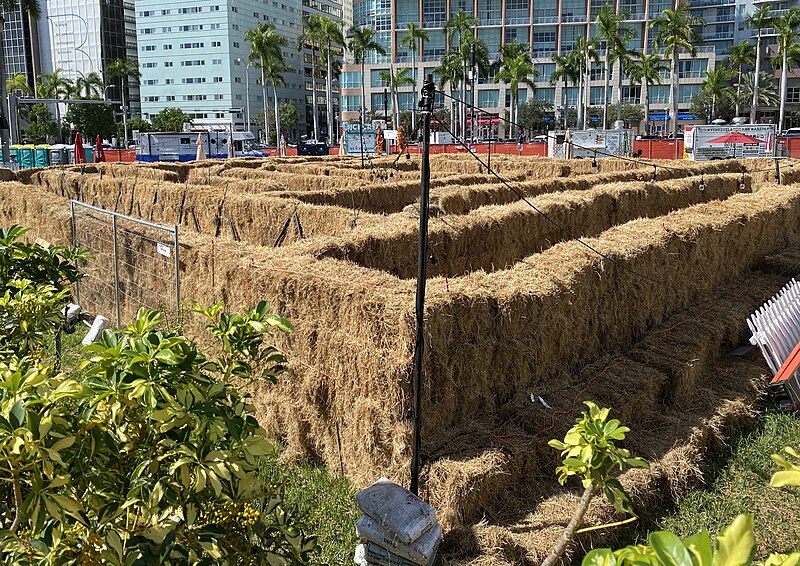
Most modern suburban and urban folks encounter straw in the fall, when they participate in hay mazes, hay rides, and build their Instagrammed altars to pumpkin spice everything. Yes, despite what they are labeled, all those yellowed autumnal bales are straw, not hay. The mistake made by “The Office” writers and hundreds of thousands of other modern city and town dwellers is understandable due to this weirdly widespread misuse of terms. Hopefully for you, it is now avoidable.
What Can Hay Be Used For?

Hay is used for food, of course. The primary purpose of a hay harvest is to preserve winter/rainy day nutrition for grazing animals when they can’t be turned out to pasture. Hay needs to be carefully harvested and stored to preserve its vital nutrients. Much like you wouldn’t want your pantry’s dried goods to get wet, moldy, or insect-infested, so too should hay be handled like the foodstuff it is.
Bad or spoiled hay is no good to feed to animals (one of my neighbors lost a milk cow to bad hay) but it still has a use in the compost heap and garden. As long as the hay hasn’t been treated with herbicides (something that does happen, and will harm your garden), old or spoiled hay can be used for mulch or a compost amendment. On my homestead, we only mulch with old hay that we harvested ourselves.
Speaking of which, if you are taking care of animals on a small scale, it is still possible to reap, dry, and harvest your own hay by hand. If you’re interested in learning how to reclaim this ancient and important skill, you can get started by reading “The Scythe Book.” It’s the main resource my husband and I used for learning how to wield a scythe and gather hay from our own land and is available to peruse for free at Archive.org.
What Can Straw Be Used For?
Now, straw may not be food, but it’s still extremely useful. The most obvious use for straw on the homestead is for animal bedding. Everything from cows to geese will bed down on its absorbent, relatively warm surface. When that straw is combined with animal manure, you end up with a first-rate garden amendment to build soil.
There’s more than that, though. We’ve got a lot to say about the renewable utility of straw here at Insteading, as the following articles prove.
Straw Bale Construction: The easy-to-move straw bale is basically a giant building block, and, despite what the “Three Little Pigs” story says, can be used to build a suitable and sustainable home indeed.
Straw Bale Greenhouses: Why limit straw’s building potential to humans alone? Straw can also be used to construct a greenhouse that, if necessary, could be turned back into a garden if ever disassembled. How’s that for eco-friendly building?
Straw Bale Gardening: Straw Bales make a great instant-raised-bed for those with limited space, limited mobility, or limited patience.
Beyond these rather modern uses, history is full of clever and ingenious uses for straw. Ancient people used straw to thatch their homes and barns, braided it, and sewed it together to make straw hats and baskets. They even whiled away the winter dark with inventive and clever mobiles.

Straw was used to make shoes, fill mattresses, filter lye, make paper, and stoke fires. Straw, for all it is currently labeled as an agricultural waste product, may be one of the most useful renewable resources we currently have at our disposal.
So there you have it. The many and varied differences between straw and hay. Hopefully now you are equipped to use these terms with knowledge and understanding, and you’ll never get the side-eye that we city-fled must endure when making a verbal mix-up in front of our old country neighbors.
Do any of you have any further uses for straw and hay? Are there any other examples you know of egregious mix-ups that you’ve seen in books, movies, or TV shows? Let us know in the comments below!


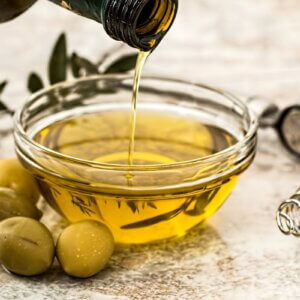
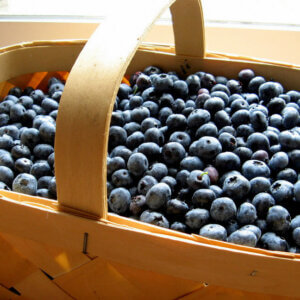
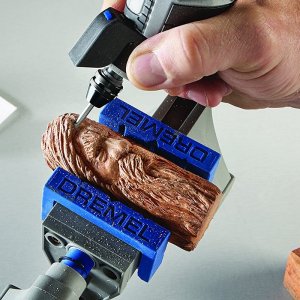

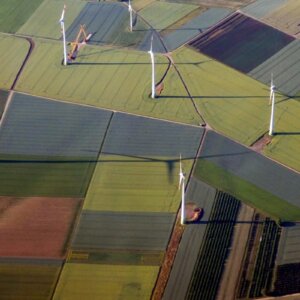
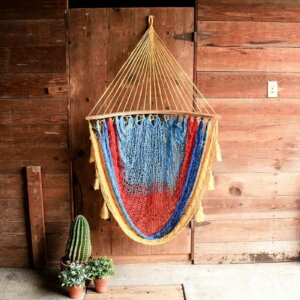
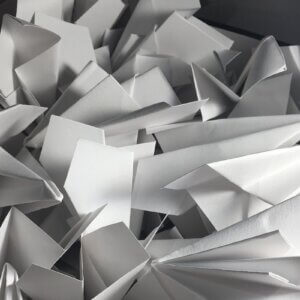

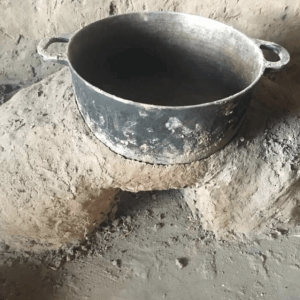
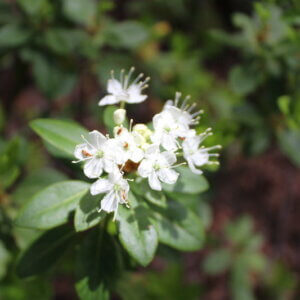
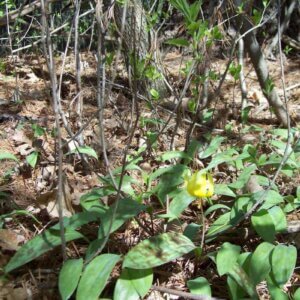
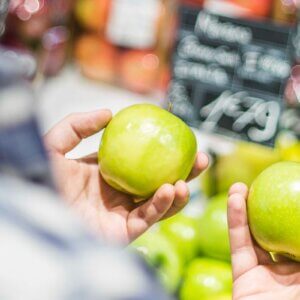
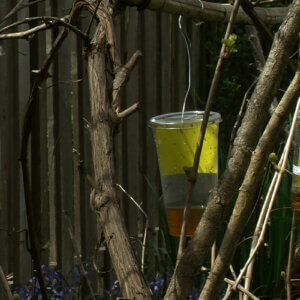


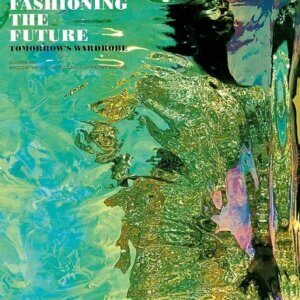

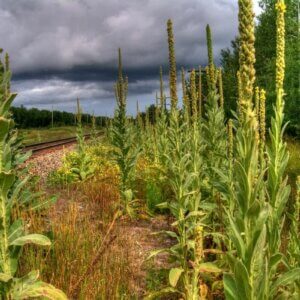

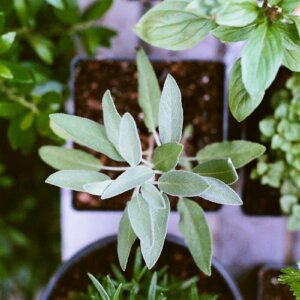

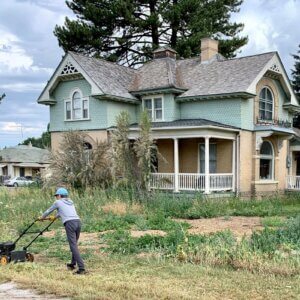
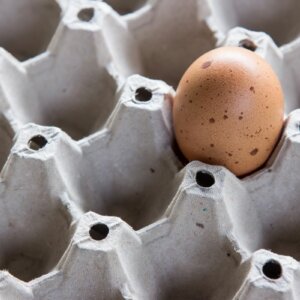



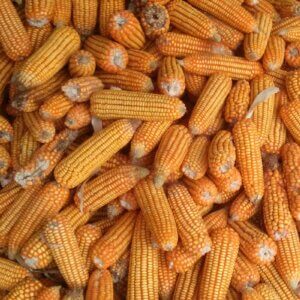



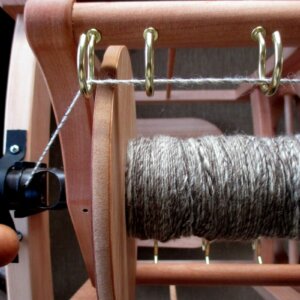
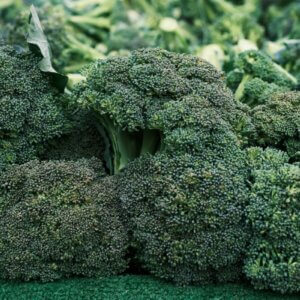
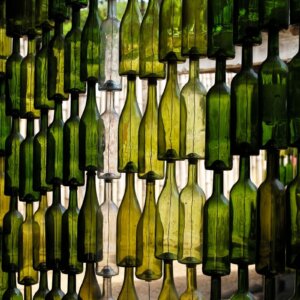




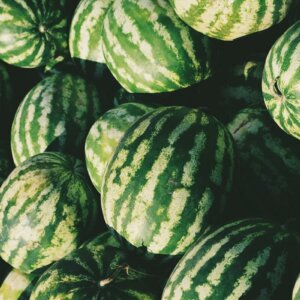
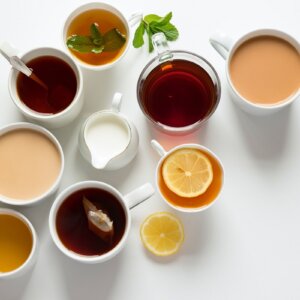

Leave a Reply